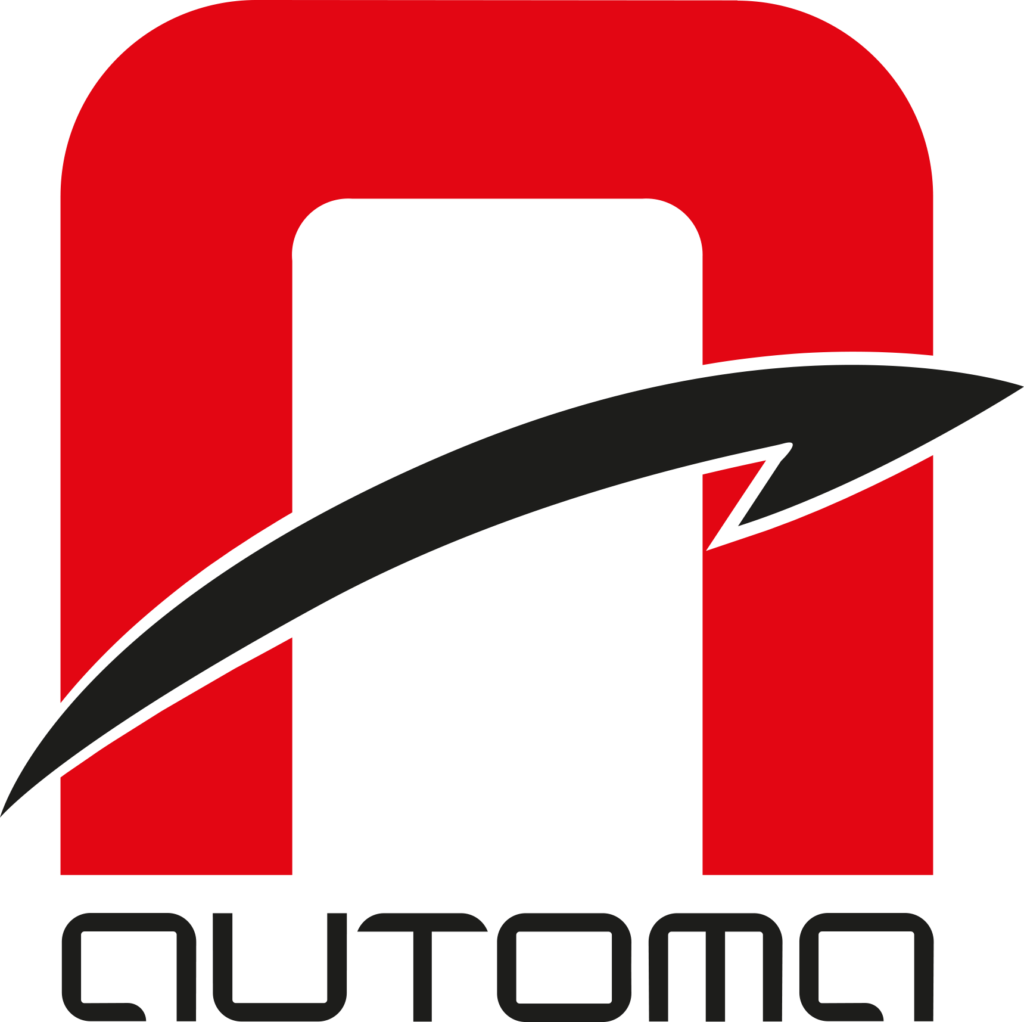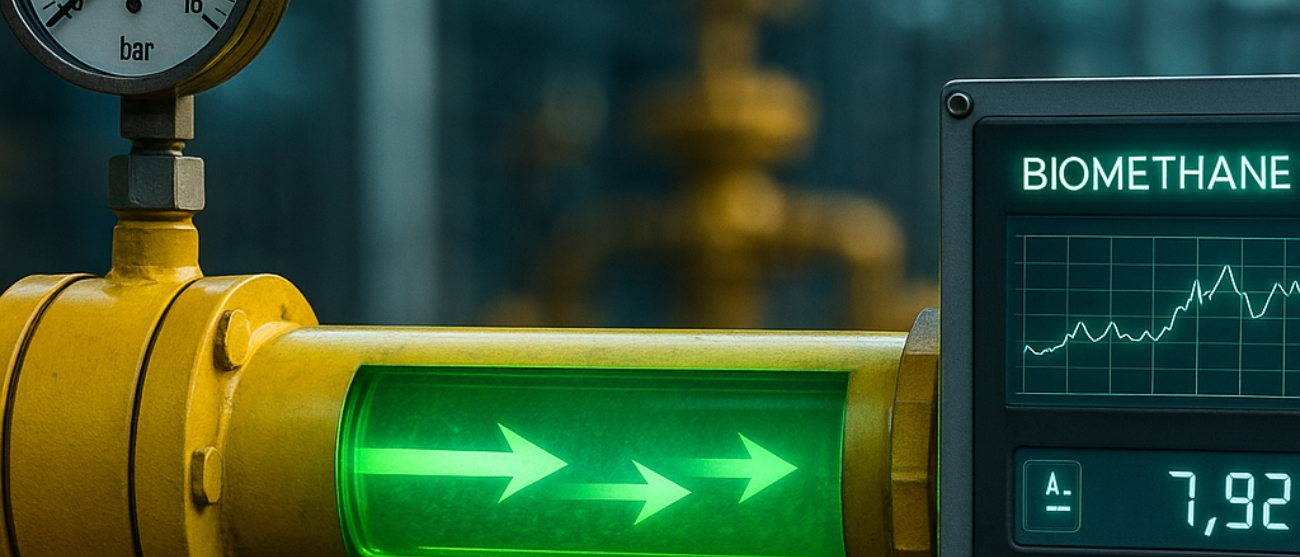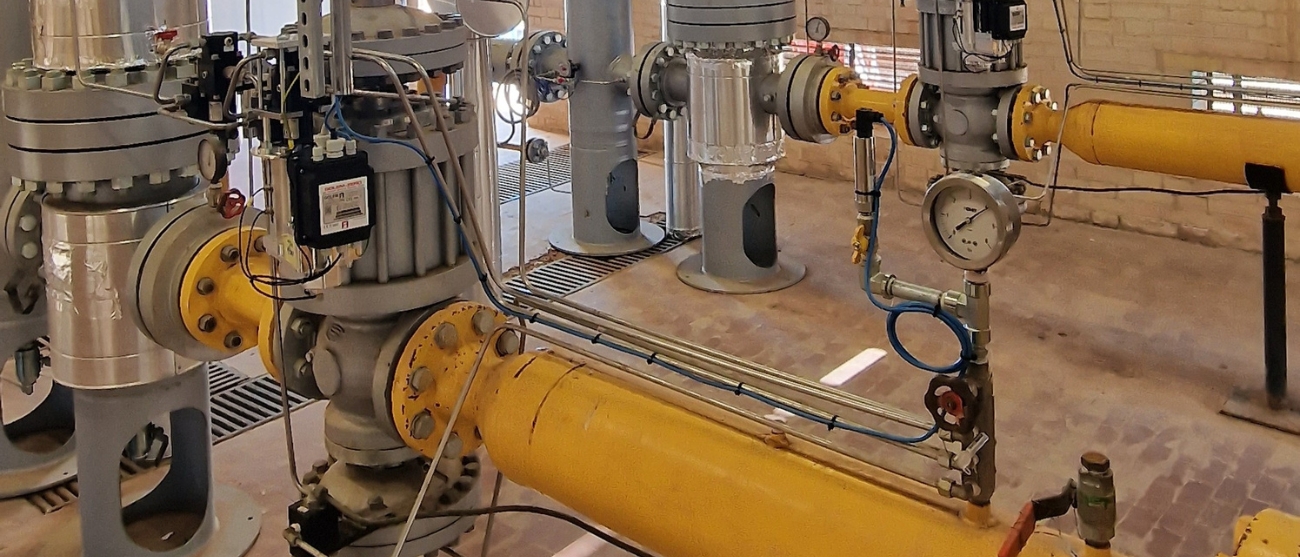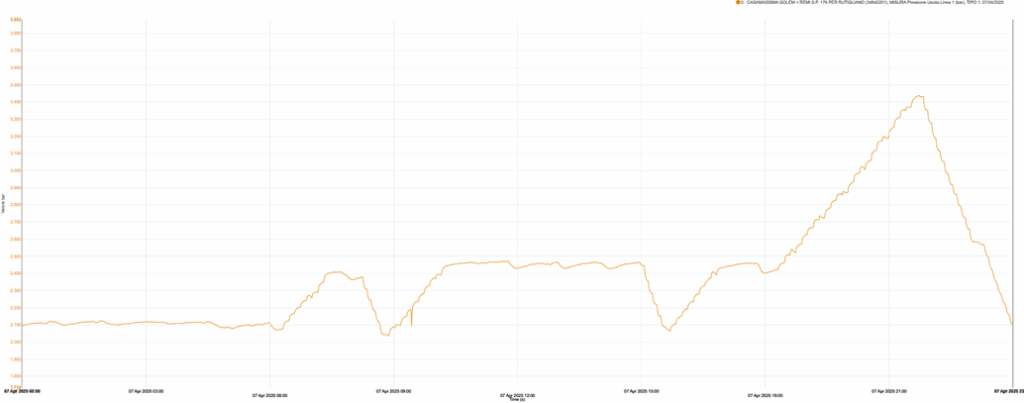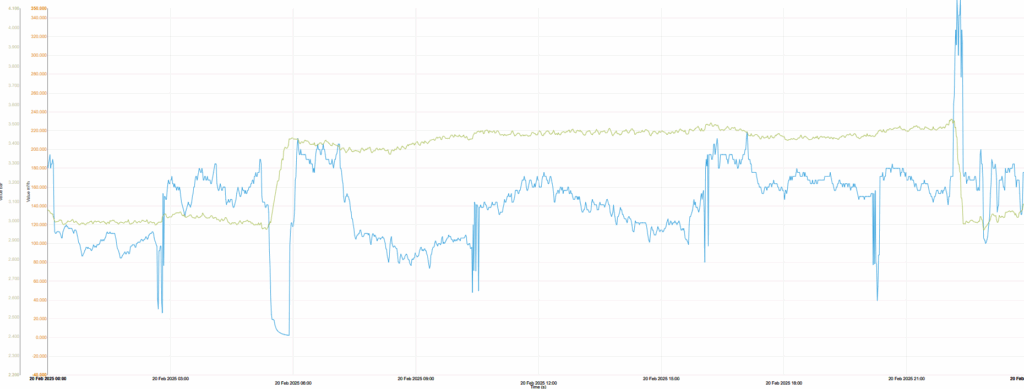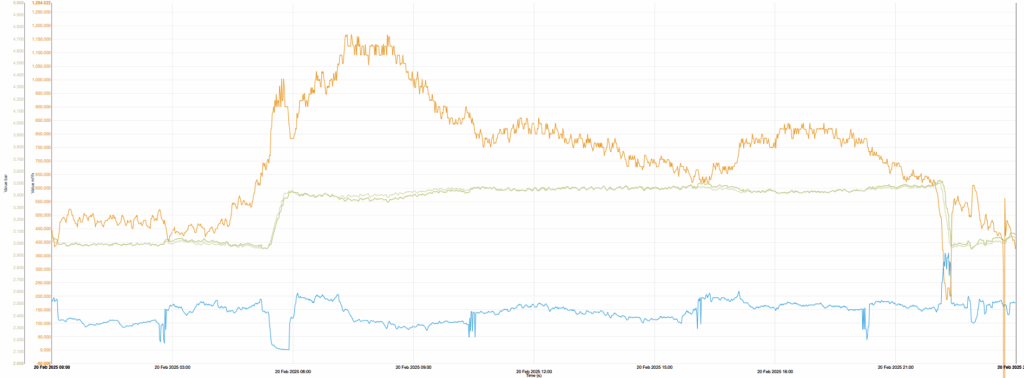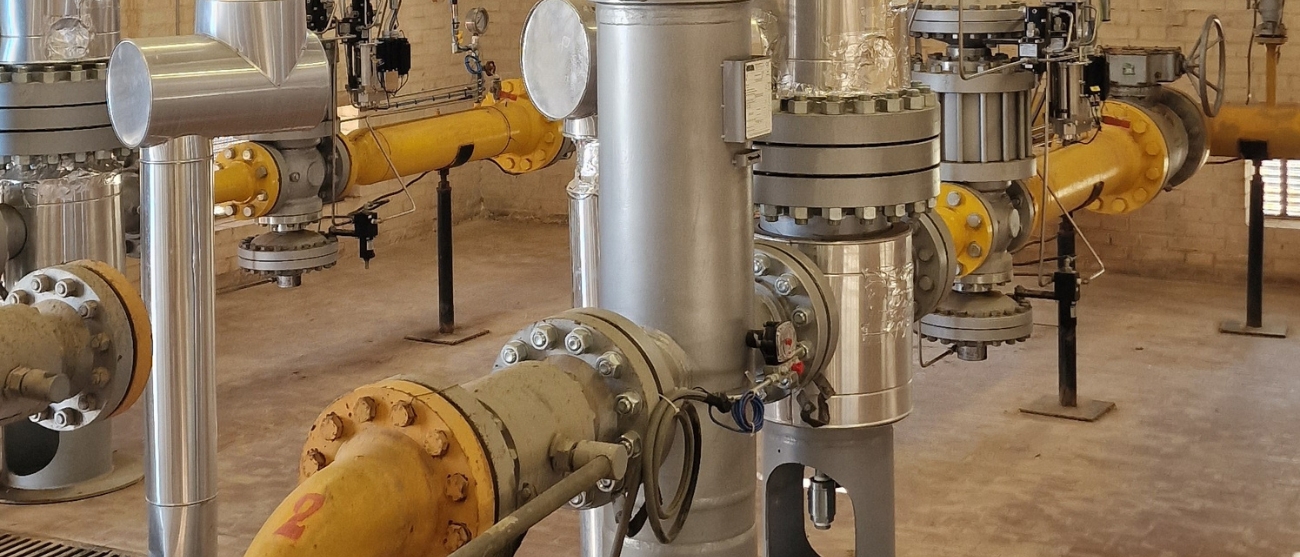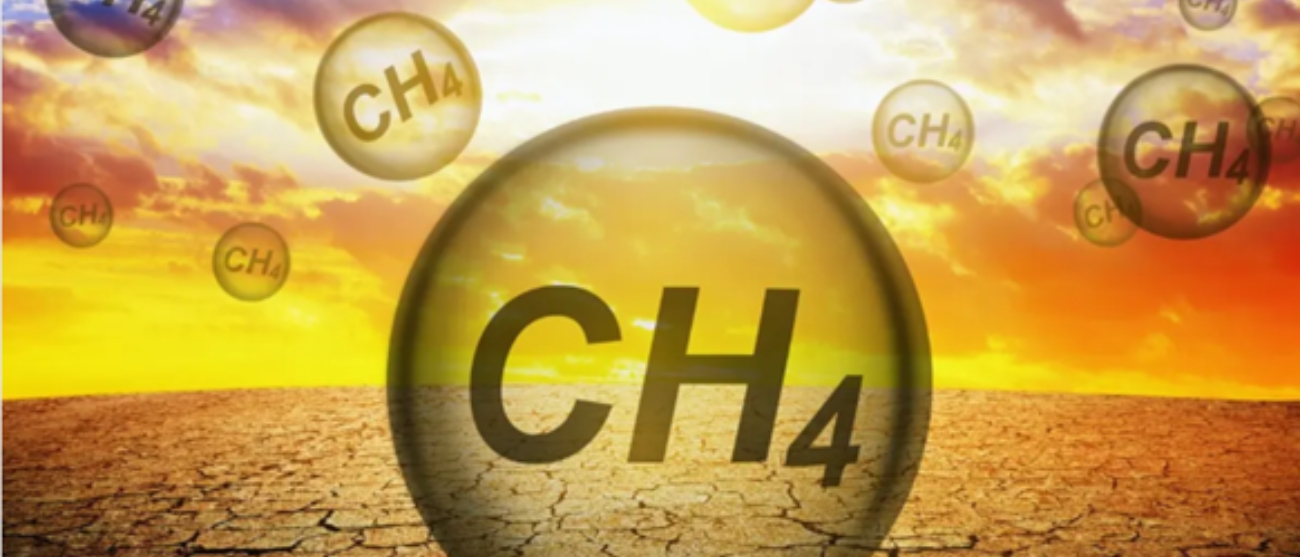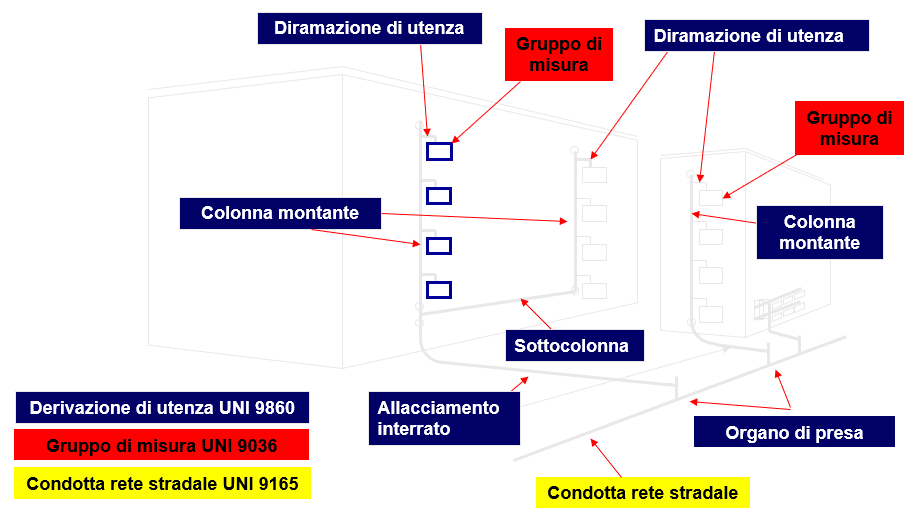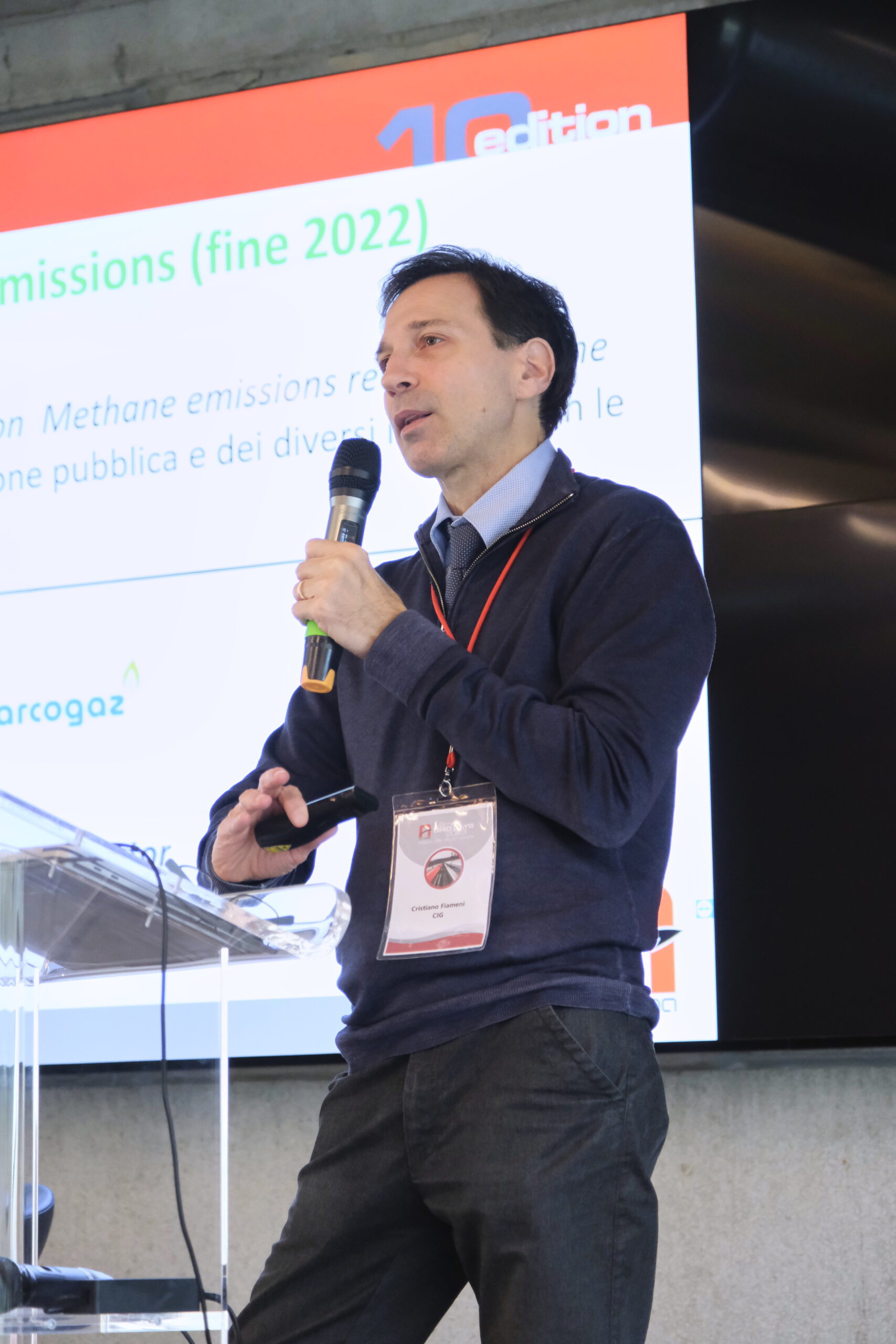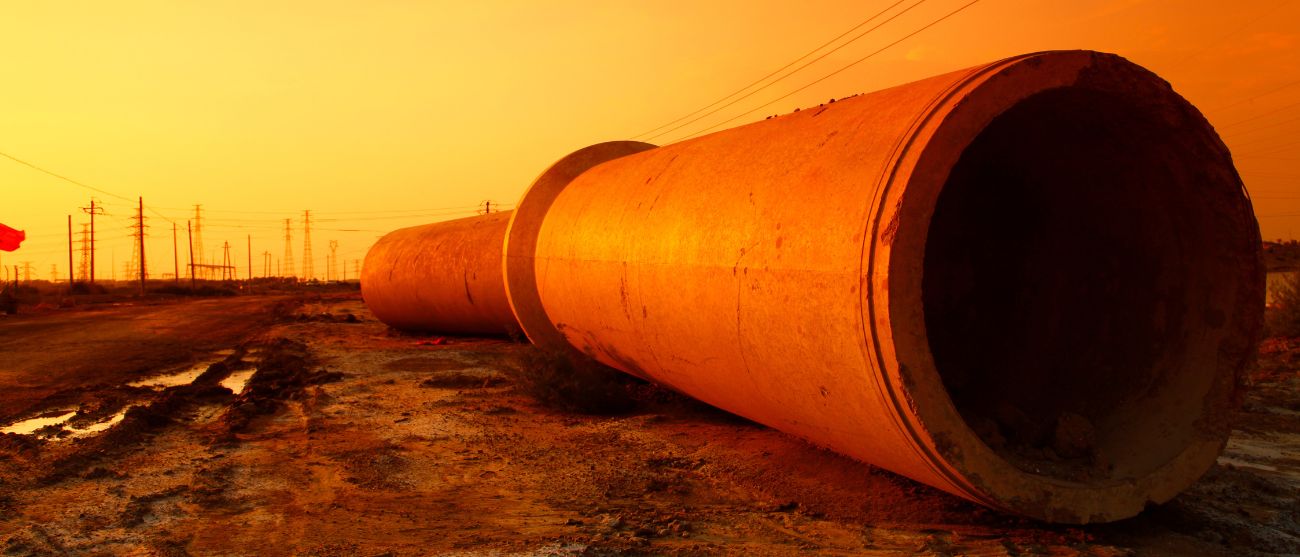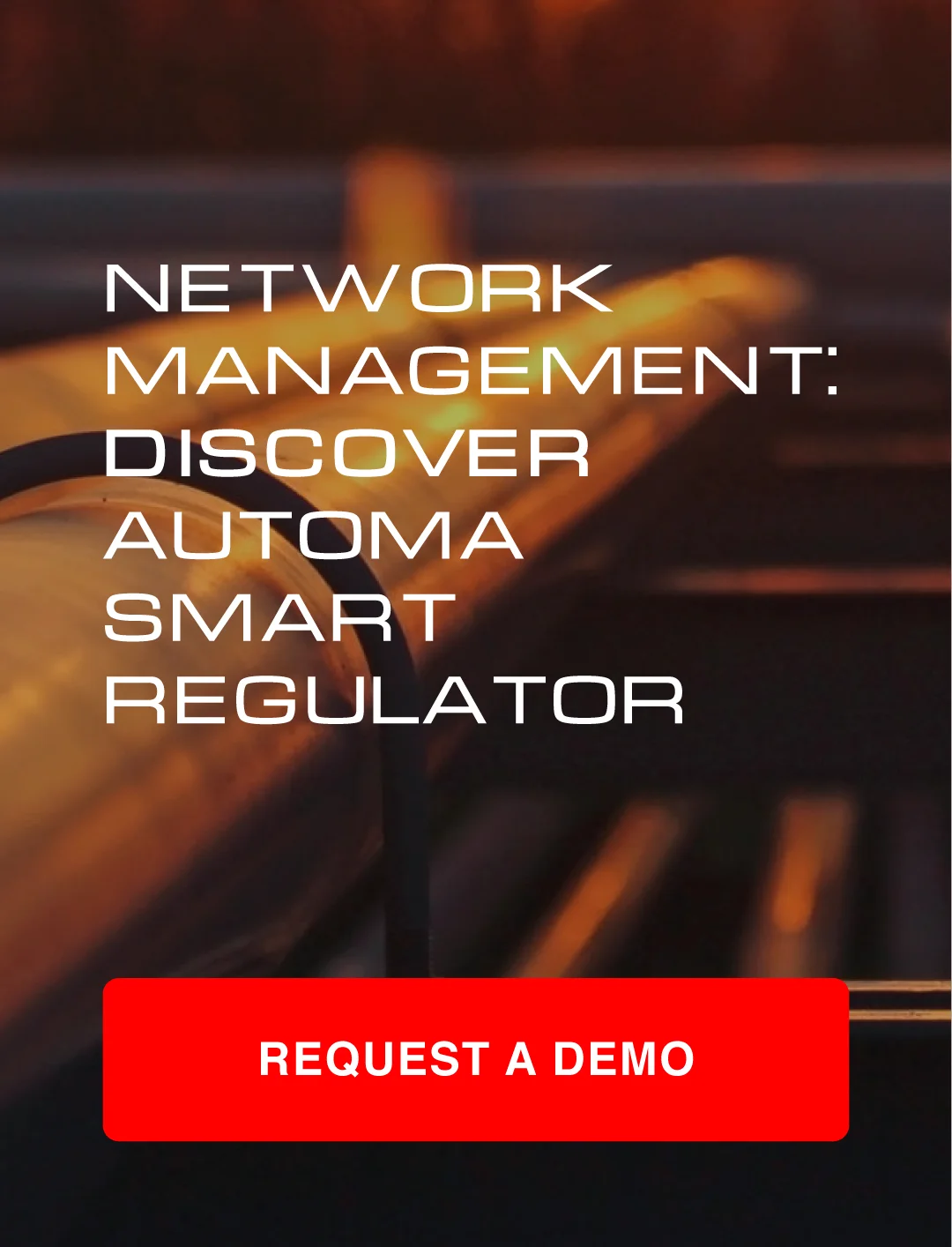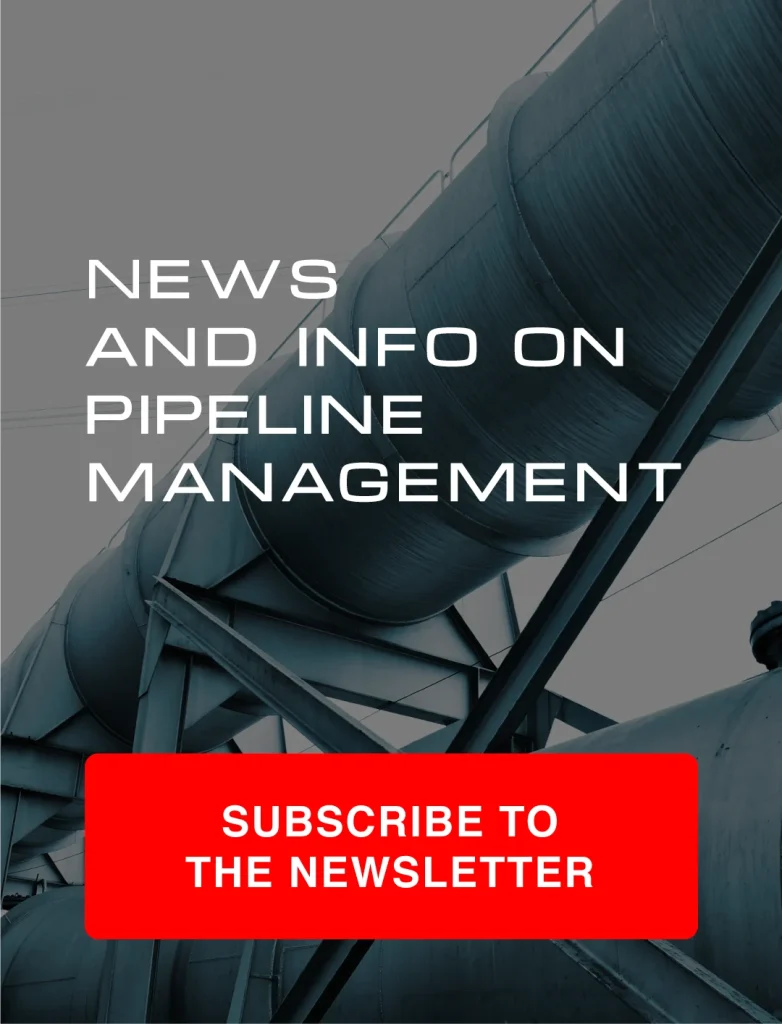With the valuable collaboration of Lluís Castaño, Product Manager at Kromschroeder, S.A. (Automa’s partner in Spain)
Biomethane represents a key resource for the energy transition, but its injection into distribution networks poses operational and technological challenges related to pressure and service continuity. In fact, before being injected, biomethane must meet strict quality standards regarding gas quality, measurement, treatment, pressure regulation, and odorization.
These challenges require innovative solutions. AUTOMA has therefore developed specific algorithms for its GOLEM system for dynamic gas pressure regulation in networks. The main application field of GOLEM was indeed the management of natural gas networks, but thanks to newly developed algorithms, now the system can also be applied to the biomethane sector with the aim of injecting biomethane into distribution networks while dynamically regulating the pressure of natural gas in the network.
Biomethane and distribution networks
The production of biomethane starts from waste produced by human activities, such as solid waste, sewage, livestock, and forestry residues. When biogas remains in the waste treatment plant, it is not advisable to release it into the atmosphere because it produces very harmful effects, such as the greenhouse effect.
This combustible gas can be treated in the plant itself through electricity generators to produce electricity, and if we have an electricity grid nearby, we can inject the electricity into the grid.
And what if there is no electricity grid nearby? What we can do with the excess gas is reach an agreement with gas distribution companies to inject biogas into their gas distribution networks.
This can only be done on the condition that such gas is treated to be interchangeable with the methane present in the network, thanks to a process called upgrading: biogas can be considered biomethane and thus injected into the gas distribution network.
A gas distribution network has a certain constant volume. At any point in the network, there can be consumption, while gas is injected at one or more points in the network to try to maintain a pressure defined by the set point of the pressure regulators at the injection points. In steady-state conditions, there is an equilibrium between the flows at the injection points and the flows at the consumption points. The result is a constant pressure.
The critical issues of biomethane networks
Most biomethane injection points are characterized by small diameter pipes and a not very high available gas volume dependent on production capacity, subject to daily and seasonal fluctuations. Since at low-capacity biomethane production points the flow is very limited, anomalous operations of traditional pneumatic pressure regulators can occur.
Essentially, the main identified critical issues are four:
- Reduction in production: a decrease in production can lower pressure, compromising the continuous injection of biomethane into the network.
- Service interruption: sometimes, the interruption of service is caused by failures in the upgrading system, which is unable to maintain sufficient pressure or provide consistent quality gas.
- Overproduction of biomethane: an increase in production beyond operational limits can compromise the safety of the network and/or the contractual terms between producer and operator.
- Overpressure in the network: a temporary and spontaneous increase in network pressure can cause the interruption of injection.
The normal operation of a pressure regulator consists of opening when it is necessary to reach a certain pressure point based on its set point. If this value is not reached, the regulator opens fully, consuming the available amount of biomethane in a very short time, if limited by the capacity of the biogas plant. As the available amount of biomethane is consumed, a rapid depressurization of the production system occurs. The immediate effect can be the suspension of biomethane injection.
The cause of all these problems is the way static pressure regulators operate. In this context, the ability to dynamically regulate the pressure upstream of the regulator becomes a strategic function to ensure continuity and quality of service.
The Automa solution: the GOLEM technology for dynamic management of biomethane injection
In this specific case we are illustrating, we have made an adaptation of GOLEM to the operational needs of a gas distribution company that requested a solution for the regulation of biomethane injection in a distribution network. GOLEM by AUTOMA allows for dynamic management of biomethane injection, improving service continuity and reducing operational risks.
Golem technology is based on a mechanical servomechanism that interacts directly with the pilot of the pressure regulators, supported by an advanced electronic system. Thanks to the intelligence incorporated in the system, Golem can operate in autonomous mode, reducing the need for manual interventions. The system is applicable to any controller model and can be easily integrated into existing networks thanks to custom-designed adapters.
The characteristics of the GOLEM system are represented by four types of pressure and flow modulation:
- Pressure modulation is the ability to vary and maintain pressure, based on the set point.
- Flow limitation is the ability to keep the flow below a certain maximum value, while always providing the maximum possible pressure value.
- A weekly programming of pressure values for time slots is possible, for example, at night the pressure is lower than during the day.
- It is possible to compensate the flow by applying pressure values to a portion of a given maximum flow.
When a target pressure is assigned to the system that is higher or lower than the initial pressure read by the system, an algorithm with a condition analysis time is initiated. When it is necessary to increase or decrease the pressure, a motor movement is initiated. The period during which the engine moves is strictly controlled to ensure the amount of movement actually required, observing and analysing the variations in pressure and flow rate. A necessary, positive or negative movement is then appliedto increase or decrease the pressure and achieve the set target for the system.
This gradual approach will eventually lead to reaching or even exceeding the target pressure. If the target pressure is exceeded in the subsequent analysis, a countermeasure is decided upon for a time equal to half of the previous time. This progressive correction of the control screw movement ends when the target is reached within a given tolerance. The same logic of the algorithm is applied to maintain a flow restriction below a maximum value while always trying to maintain the highest possible pressure.
The GOLEM system examines the flow rate and pressure. If the flow rate is sufficiently high, but still within the safety range, the system will decide to open the regulator and deliver that amount of gas. In this way, the flow rate we had will tend to decrease, as will the inlet pressure. When the GOLEM system, continuously analysing these parameters, verifies that the pressure is approaching a value very close to the network pressure, it will close the gas transport to avoid the risk of gas flow interruption and thus redirect the biomethane to the storage tank of the upgrading system (overpressure condition).
As soon as the flow rate becomes dangerously low and approaches the lower limit, the GOLEM system reduces the gas flow to recover both the flow rate and the pressure. At some point, a constant flow should be reached.
The results of the Automa solution
Thanks to the implementation of GOLEM for the regulation of biomethane injection into the distribution network managed by our client, the dynamic flow management has kept pressures within the operating range even in the event of sudden production fluctuations, improving the overall stability of the network.
Important results have therefore been achieved:
- Reduction of injection interruptions caused by pressure drops.
- Optimised management of biomethane overproduction.
- Greater resilience of the network in biomethane supply operations.
This paves the way for a safer, more efficient and sustainable management of the biomethane resource.
How was it possible to achieve these results? AUTOMA has been active since 1987 in the development of hardware and software solutions for the remote monitoring and control of gas transport and distribution networks, functional to their operational management.
Research and development of increasingly high-performance and innovative solutions is our daily commitment. To date, over 50,000 Automa devices are installed in more than 40 countries worldwide.
Do you want to manage the injection of biomethane in a more dynamic, flexible, and safe way?
Contact our team without obligation and we’ll tell you how we can optimise the control and management of your infrastructure.

 Project Manager at Automa S.r.l.
Project Manager at Automa S.r.l.
Andrea Giorgetti, a Project Manager with 20 years of experience in engineering and technological development, has been working at AUTOMA S.r.l. since 2007, where he is responsible for product development, engineering, and market strategies. He also supervises projects and coordinates technical processes to optimize the company’s solutions and technologies.
